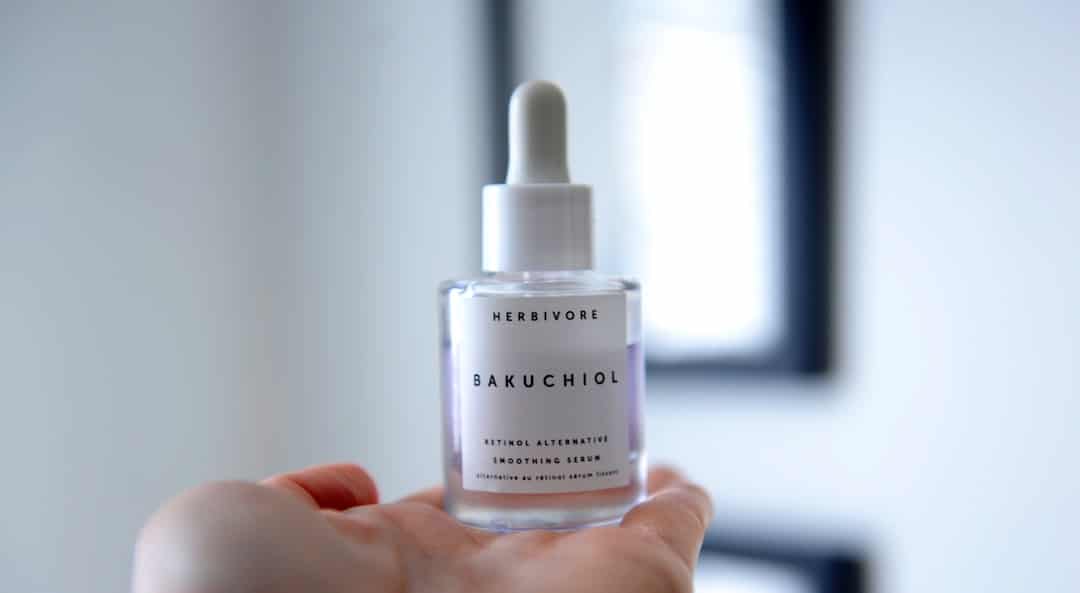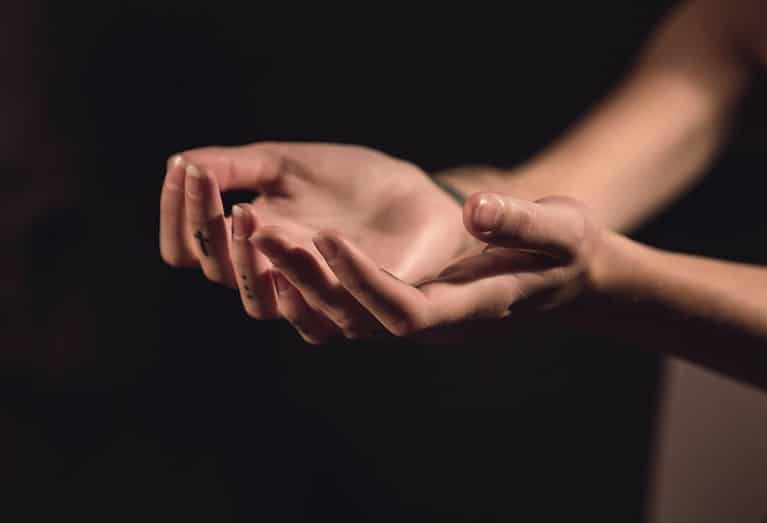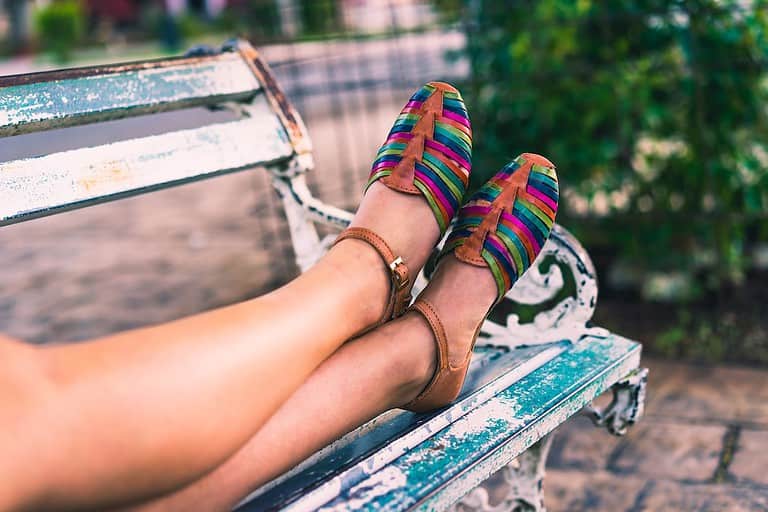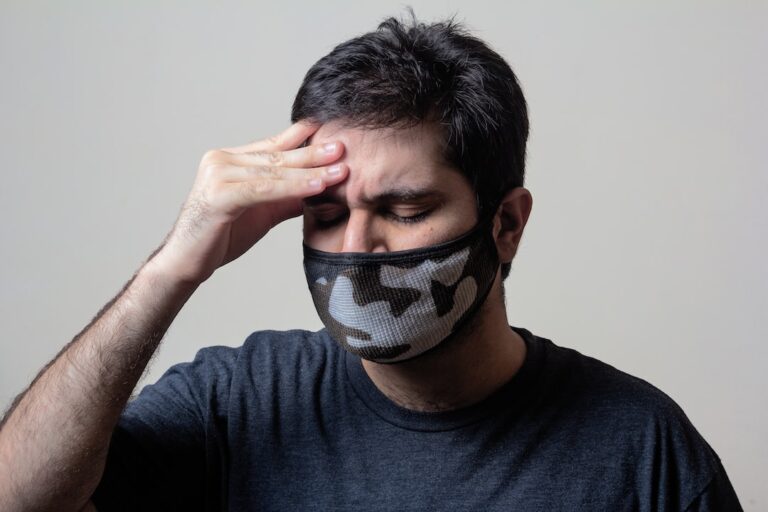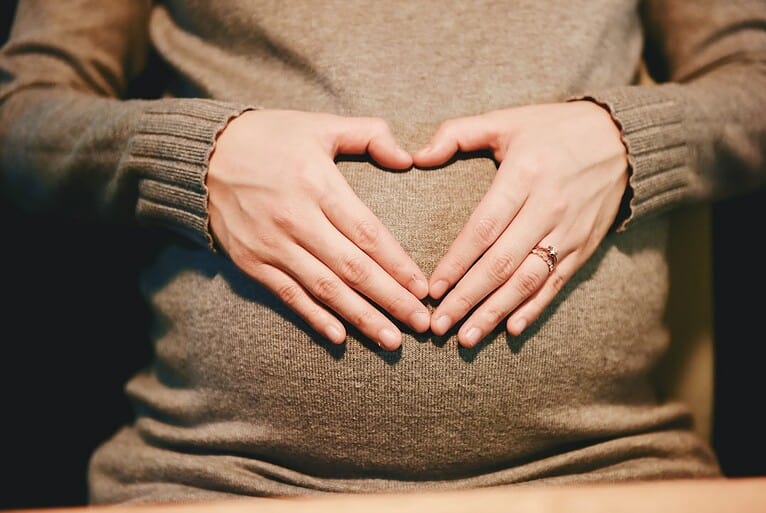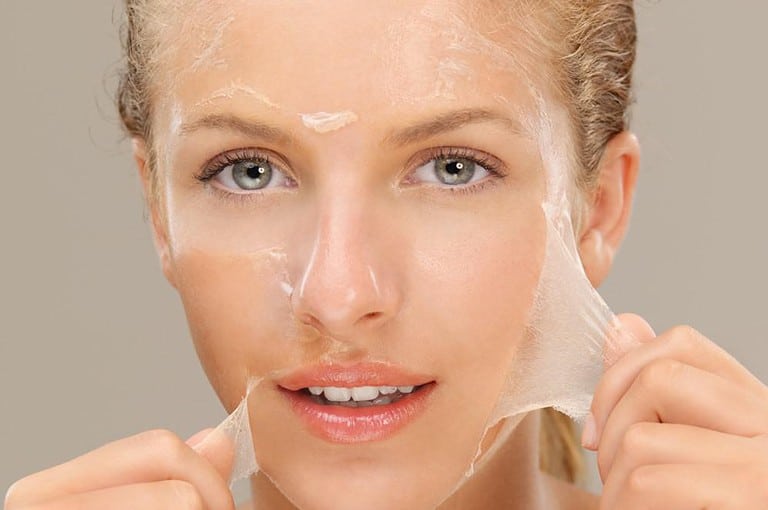Can I Use Red Light Therapy With Retinol? Know the Effects
Can I use red light therapy with retinol? Many ask if they can combine red light therapy sessions with retinoid/retinol products to improve their skin condition and appearance. Combining retinoid products with red light therapy helps to achieve desired results – but it’s important to understand the risks involved before you begin treatment.
In this article, we’ll discuss the benefits of combining red light therapy sessions with Retinol, the potential risks associated with such treatments, how best to prepare your skin before treatment, and what post-treatment care should involve for you to get the maximum benefit from your combination treatments. So if you’re wondering “can I use red light therapy with retinol?”, read on.
Table of Contents
Can I use Red Light Therapy with Retinol?
Can I use red light therapy with retinol? Red light therapy (RLT) and retinol are two of the most popular treatments used in skin care. Combining RLT and retinol can provide a comprehensive approach to improving skin health and appearance.
Red light therapy is a non-invasive approach that employs wavelengths of red or near-infrared radiation to boost cellular regeneration, reduce inflammation and promote collagen production. Retinol is an active ingredient in many topical skin treatments designed to reduce wrinkles, improve texture, even tone, and fade dark spots caused by sun damage or acne scarring.
Retinol and red light therapy synergize to enhance anti-aging capabilities for those seeking more youthful-looking skin. The combination helps stimulate collagen production to increase cell turnover while reducing inflammation for improved complexion clarity. In addition to improving fine lines and wrinkles around the eyes and mouth area, this duo also helps diminish age spots and other types of discolorations from sun exposure or severe acne breakouts over time with regular use.
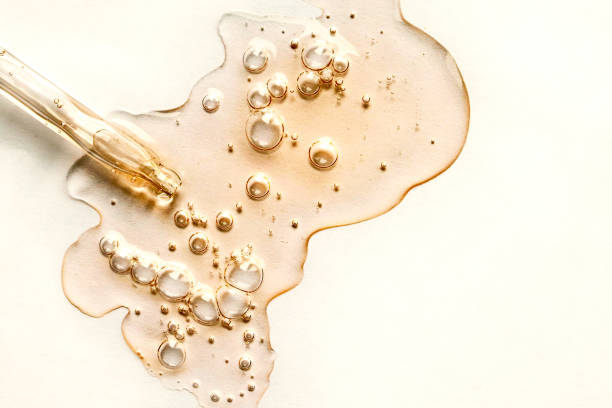
(Source)
It’s important to understand how each works before using them together to get the most out of combining these treatments. Red Light Therapy utilizes low-level laser devices emitting specific wavelengths between 600nm – 1000nm deep into your dermis layer without causing any pain or discomfort, unlike traditional laser treatments like IPL (Intense Pulsed Light).
This form of light therapy stimulates cells within your body to increase circulation and lead to faster healing times. Along with improved tissue repair due to increased oxygenation levels within your cells, it provides you with glowing results.
Retinols are one type of Vitamin A derivative known as “Retinoic Acid” which has been proven effective at reducing signs of aging such as wrinkles/fine lines. It helps boost collagen production making it ideal for anyone looking for brighter smoother younger looking skin.
When used correctly, combining red light therapy with retinol can bring numerous benefits to skin health and overall well-being. However, before beginning treatment with this combination, it is essential to acknowledge the potential risks.
Risks Involved in Using RLT with Retinol
When it comes to whether can I use red light therapy with retinol, there are potential risks involved. Retinol is a key component of many anti-aging products, purported to diminish wrinkles, dark spots, sun damage, and other blemishes. RLT, when done correctly with medical supervision, can help improve skin tone and texture. However, if not managed, it could result in unwanted side effects.
The most frequent adverse reaction of using RLT with retinoids is a heightened level of irritation or tenderness in the area, due to the augmented concentrations of active components such as tretinoin and retinoic acid. It can manifest as redness, itching, burning sensations, or even rashes depending on the number of use and sensitivity level.
To minimize discomfort during treatment, it’s important to start slowly by applying a small amount of product before gradually increasing over time as needed while keeping an eye out for any reactions or changes in your skin condition. It’s also essential to always use sunscreen when outdoors after treatment sessions since both RLT and retinol make your skin more sensitive than usual towards UV rays from the exposure leading to potential burns if left unprotected for too long periods.
It is essential to understand the possible dangers of combining RLT and retinoids, as their combined effects may not always be foreseeable. To ensure a safe treatment experience, it is essential to properly prepare your skin for use before beginning any RLT session.
Preparing Your Skin for Treatment
Proper preparation is essential when using any skincare treatment, especially one involving red light therapy and retinol. Before beginning a combined regimen of the two, it’s important to clean your face gently and apply green tea extract.
Cleansing your face should be done with gentle products free from harsh chemicals or fragrances. It’s best to use something specifically designed for sensitive skin, such as micellar water or cream cleanser that will help remove dirt, oil, makeup, and other impurities without stripping away natural oils or irritating the skin further. After cleansing, pat dry with a soft towel before applying green tea extract.
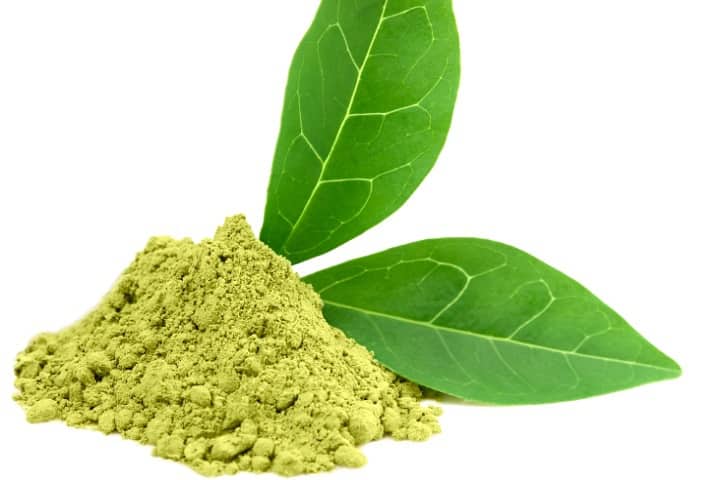
(Source)
Green tea extract has beneficial antioxidant qualities that help shield the skin from UV damage and reduce irritation in acne-prone complexions, at the same time, even out skin tone while improving texture over time with regular use. To apply it correctly before starting RLT treatments, mix a few drops into your moisturizer or serum and massage into the face in circular motions until fully absorbed into the skin surface – this ensures maximum absorption of active ingredients.
Following these steps before beginning any red light therapy session will ensure getting the most out of each treatment while keeping your skin healthy and glowing long-term.
Preparing your skin for treatment is critical to ensure that the red light therapy and retinoid combination treatments are effective. Before starting, it’s essential to understand recommended devices and usage guidelines of these combined treatments.
Performing Red Light Therapy + Retinoid Combination Treatments
When it comes to performing red light therapy (RLT) and retinoid combination treatments, the most important factor is safety. You must choose a red light therapy device approved by the FDA for this type of treatment.
It’s also important to follow usage guidelines provided by manufacturers to avoid potential burns or scarring from the overuse of red light therapy devices with retinoids. For best results, RLT with retinoids should be used no more than twice a week for 10-15 minutes each session.
Sunscreen should always be applied afterward while avoiding direct sun exposure during peak hours. It is also suggested to put sunscreen after each RLT treatment and stay out of direct sunlight between 10 am and 4 pm.
When performing red light therapy and retinoid combination treatments, recommended devices and guidelines must be followed. Post-treatment care is also essential to maximize the results of this procedure; Use sunscreen after each treatment session for optimal protection from UV rays.
Post-Treatment Care
After Red Light Therapy and Retinol Treatment, it’s essential to take precautions to protect and heal the sensitive, newly-treated area. Use an SPF 30+ broad-spectrum sunscreen to protect the face from damaging UVA and UVB rays.
You should also avoid exfoliating or using any products containing alcohol or retinol for 48 hours after the treatment. Aloe vera-based products can help soothe and hydrate facial tissue.
FAQs in Relation to Can I Use Red Light Therapy With Retinol
What not to use with red light therapy?
Pregnant individuals, those with eye conditions such as glaucoma or macular degeneration, and those taking certain medications should not use red light therapy. It is vital to keep away from the immediate presentation of the eyes to red light and UV radiation when utilizing this treatment.
The red light should also never be pointed at open wounds and burns, due to potential tissue damage. Lastly, do not use a device that does not meet safety standards for medical devices; only purchase from reputable manufacturers with FDA approval.
Can you use retinol after LED light mask?
No, it is not recommended to use retinol after an LED light mask. Retinol can increase the skin’s sensitivity to light and may cause irritation or other adverse reactions when combined with a LED light mask treatment.
It is best to wait at least 48 hours after your LED light mask session before using any retinol product on your skin. Moreover, if you have any signs of irritation or uneasiness following the LED treatment, abstain from using retinol until these indications are gone.
Can I use the red light after Tretinoin?
Red light therapy can increase skin sensitivity and cause further irritation when used directly following a topical retinoid like Tretinoin. Waiting 24 hours is a must before engaging in any light therapy after applying topical retinoids. Concomitantly, to ensure the best results when using Tretinoin, it is essential to wear sunscreen and avoid direct sunlight.
Conclusion
When asking yourself “can I use red light therapy with retinol?”, it is vital to be aware of all the possible consequences and advantages before trying out this dual treatment. Combining red light therapy with retinol can be a great way to get the most out of your skincare routine. With preparation, care during the procedure, and post-treatment maintenance you can reap maximum rewards from using RLT in conjunction with Retinoids for healthier skin.
Take charge of your health and well-being with Smart Living Now. Explore our resources to learn how you can use red light therapy in combination with retinol for a more holistic approach to wellness.

